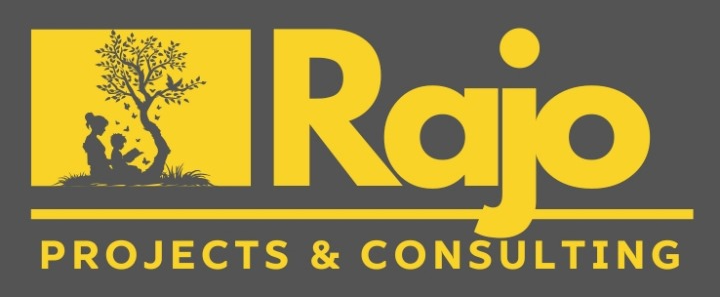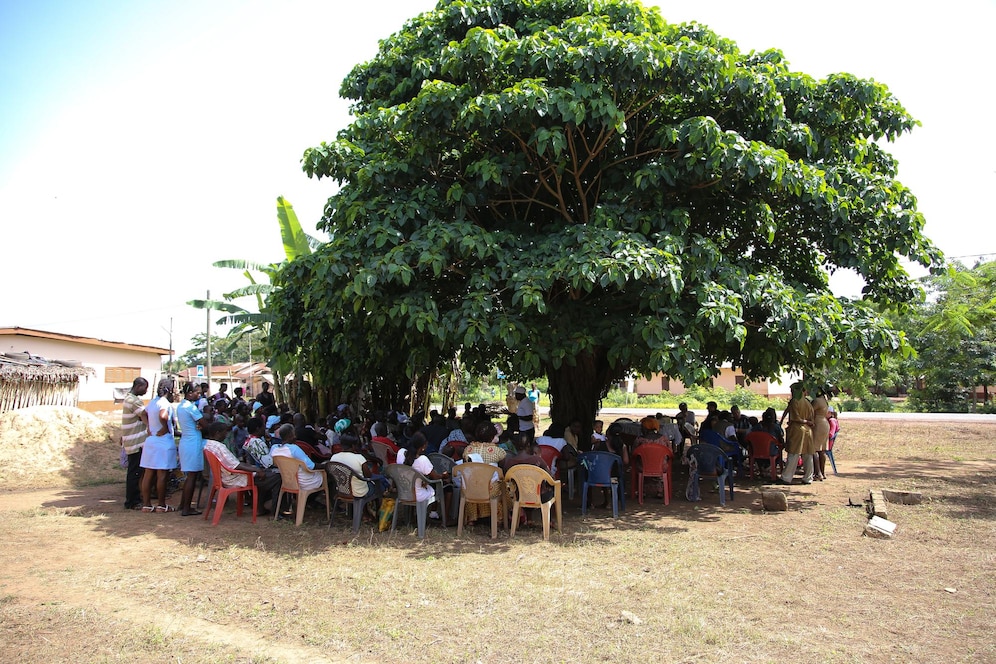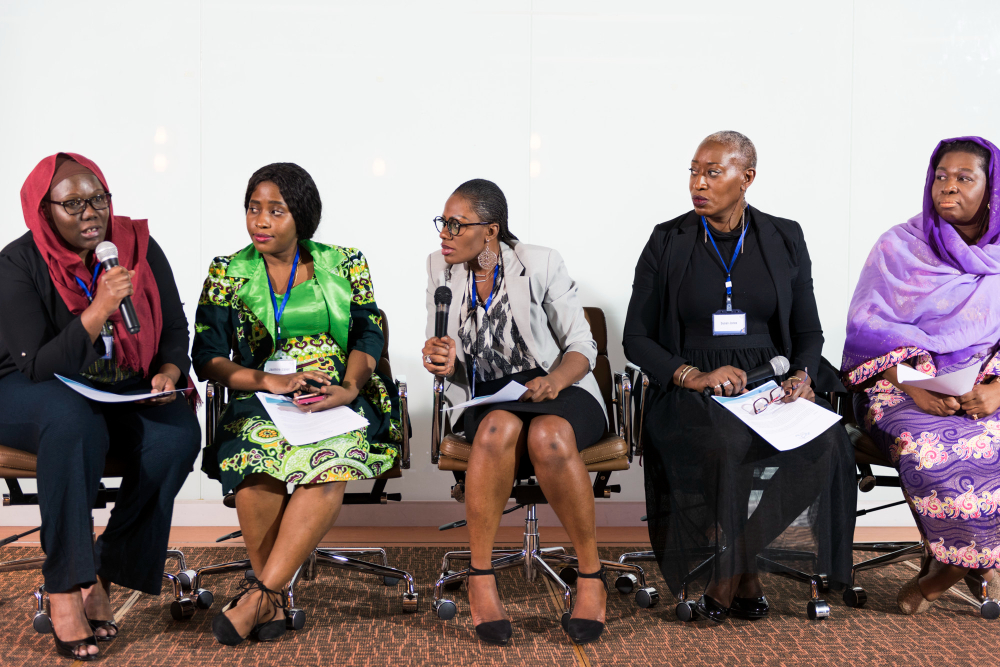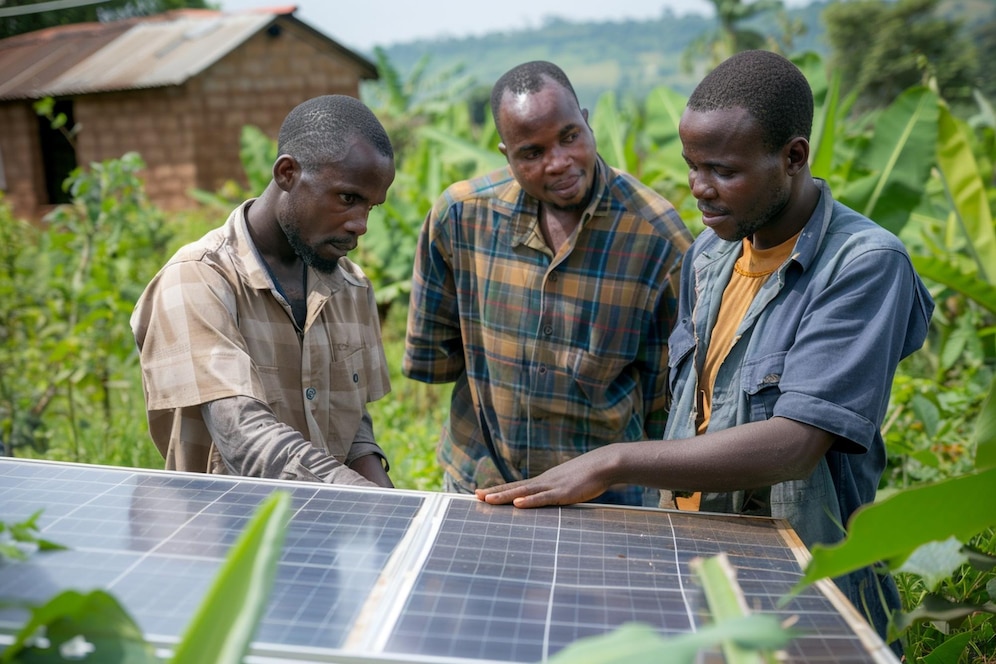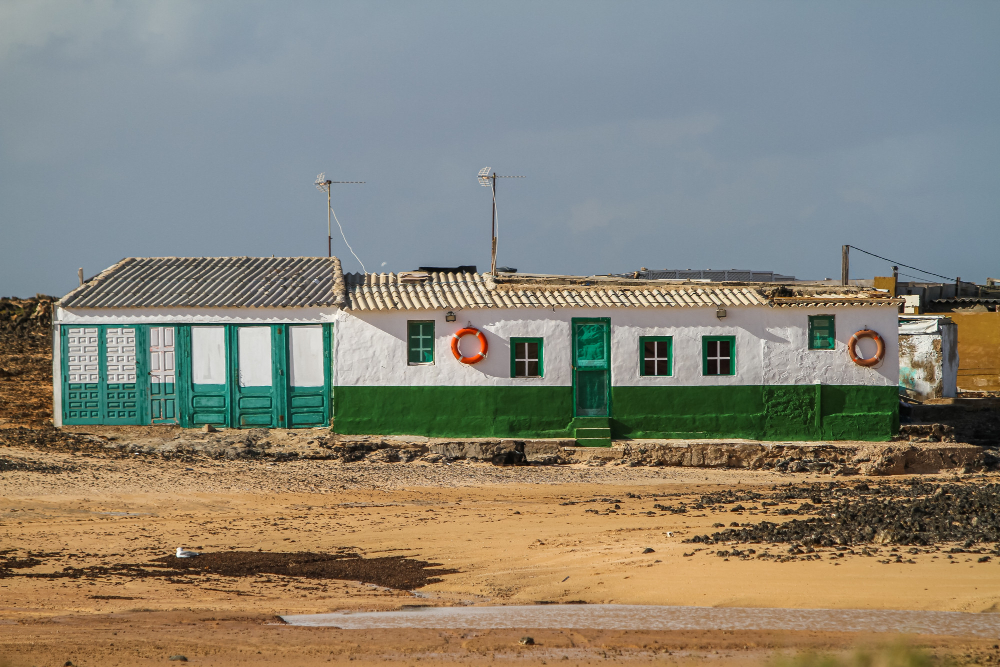Introduction Community empowerment is a cornerstone for sustainable development, particularly in regions grappling with protracted crises and underdevelopment. In the Horn of Africa, especially in Somaliland and Somalia, empowering local communities can yield transformative outcomes. This blog explores key strategies for community empowerment that can enhance resilience, socio-economic development, and peacebuilding.
Problem Overview Communities in Somaliland and Somalia face multi-layered challenges: poverty, food insecurity, climate change, displacement, and limited access to basic services. Despite international aid flows, top-down approaches have often failed to foster local ownership or long-term impact. As a result, there is a growing consensus among development actors on the need for bottom-up empowerment strategies that are context-specific and community-driven.
Case Studies/Examples One illustrative example is the “Danwadaag Project” implemented by CARE International in Puntland and Galmudug. This initiative focused on promoting inclusive community governance by establishing village-level committees that prioritized and implemented local development projects. Evaluation reports from UNDP (2021) indicate increased trust in local institutions and improved service delivery.
In Somaliland, the NAGAAD Network, a coalition of women’s organizations, has successfully empowered women through training in leadership, entrepreneurship, and advocacy. According to a report by the Rift Valley Institute (2020), these efforts contributed to increased women’s participation in local councils and economic ventures.
Another successful model is the BRCiS (Building Resilient Communities in Somalia) Consortium, which adopts a resilience-based approach that integrates health, nutrition, livelihoods, and governance. A 2022 evaluation by the World Bank highlights improved household resilience indicators in participating districts.
Proposed Solutions
- Strengthening Local Governance Structures: Supporting district-level councils and village committees to ensure decision-making is participatory and locally owned.
- Capacity Building: Training local leaders, especially youth and women, in leadership, project management, and advocacy.
- Multi-sectoral Approaches: Integrating health, education, and livelihood services into community empowerment programs to address interconnected challenges.
- Partnerships with Civil Society: Leveraging the reach and trust of local NGOs and networks to ensure culturally appropriate and sustainable interventions.
- Technology and Innovation: Introducing digital tools for community feedback, service monitoring, and financial inclusion, especially in remote areas.
Conclusion Community empowerment in Somaliland and Somalia is not only a moral imperative but also a pragmatic strategy for sustainable development. When communities are enabled to lead their own development, outcomes are more durable and inclusive. NGOs, investors, and multilateral institutions must prioritize grassroots partnerships, multi-sectoral approaches, and local capacity building to unlock the full potential of communities in the Horn of Africa.
